Believe it or not, people have been entrusting their garments to professional cleaners for millenia! Local garment care businesses have around since at least as early as the Ancient Romans (togas didn’t clean themselves, you know!), and waterless (“dry”) cleaning has been used since the mid-1800’s (did you know that the first dry cleaning patent granted in the U.S. was also the first patent ever to be granted to an African American?). While people have always needed their clothes cleaned, laundry and dry cleaning methods have changed a lot throughout the centuries, with many innovations occurring just in the last decade or so.
Here’s a quick history lesson:
Then:
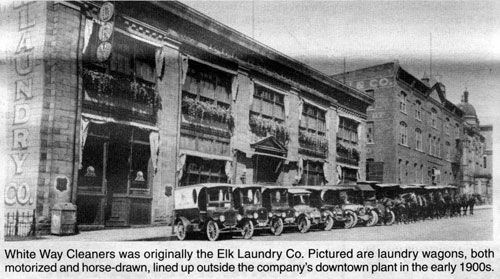
Who says you need an internal combustion engine to provide laundry delivery service? The first “laundry wagons” were motored by horses! This photo from the early 1900’s shows the laundry wagon “fleet” of Elk Laundry Company (the original name of White Way Cleaners). As you can see, it was made up of both horse-drawn and motorized vehicles!
Now:
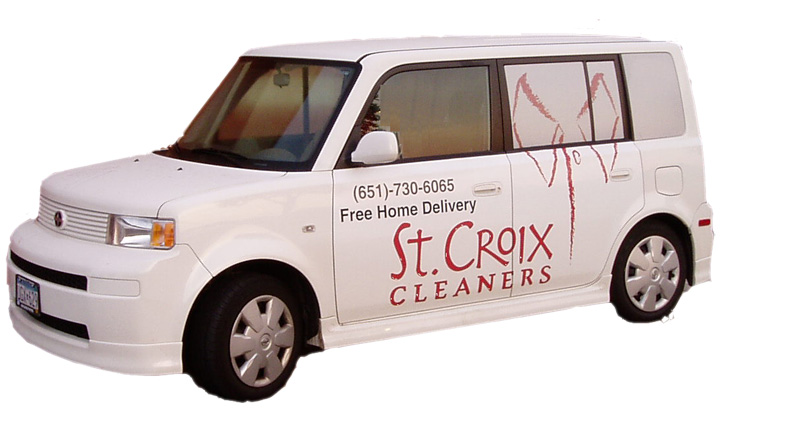
St. Croix and White Way Cleaners continue to offer (free) home delivery! Our “wagons” look a little more modern nowadays…
Then:

Evidence of “professional” garment cleaning dates back to the Ancient Romans. Launderers were known as fullers and their workshops were called fullonicas.
Now:
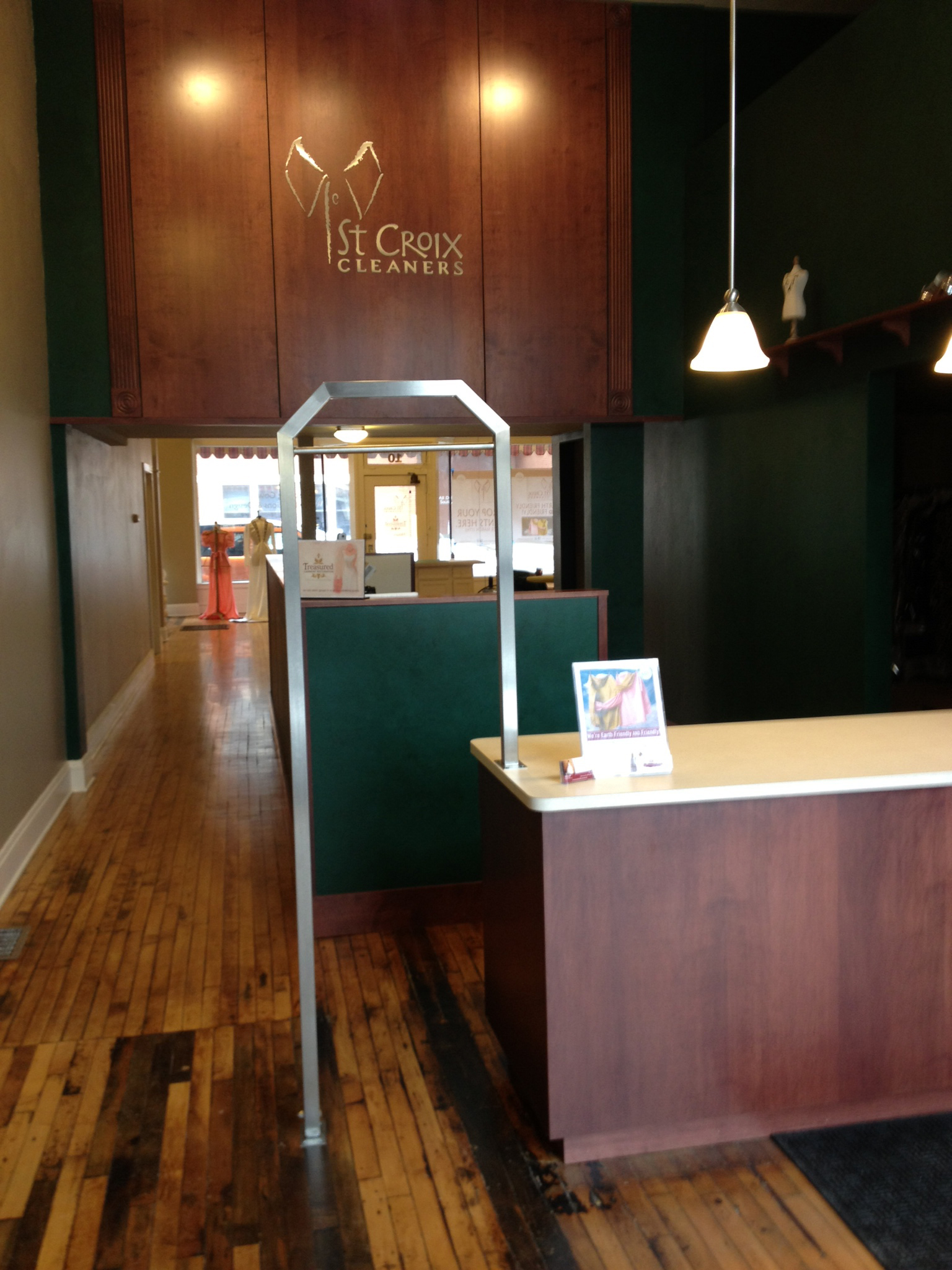
Our brand new Loring Park location, connected to Treasured Garment Restoration, can serve any of your garment care needs: laundering, dry cleaning, alterations, preservation, and vintage restoration. Or visit one of our other nineteen locations throughout the Twin Cities!
Then:
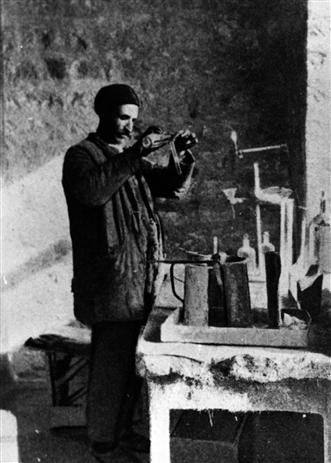
Believe it or not, kerosene and petroleum were used as solvents In the earliest years of dry cleaning. Sure they got out the stains, but think of the smell!
LATER:
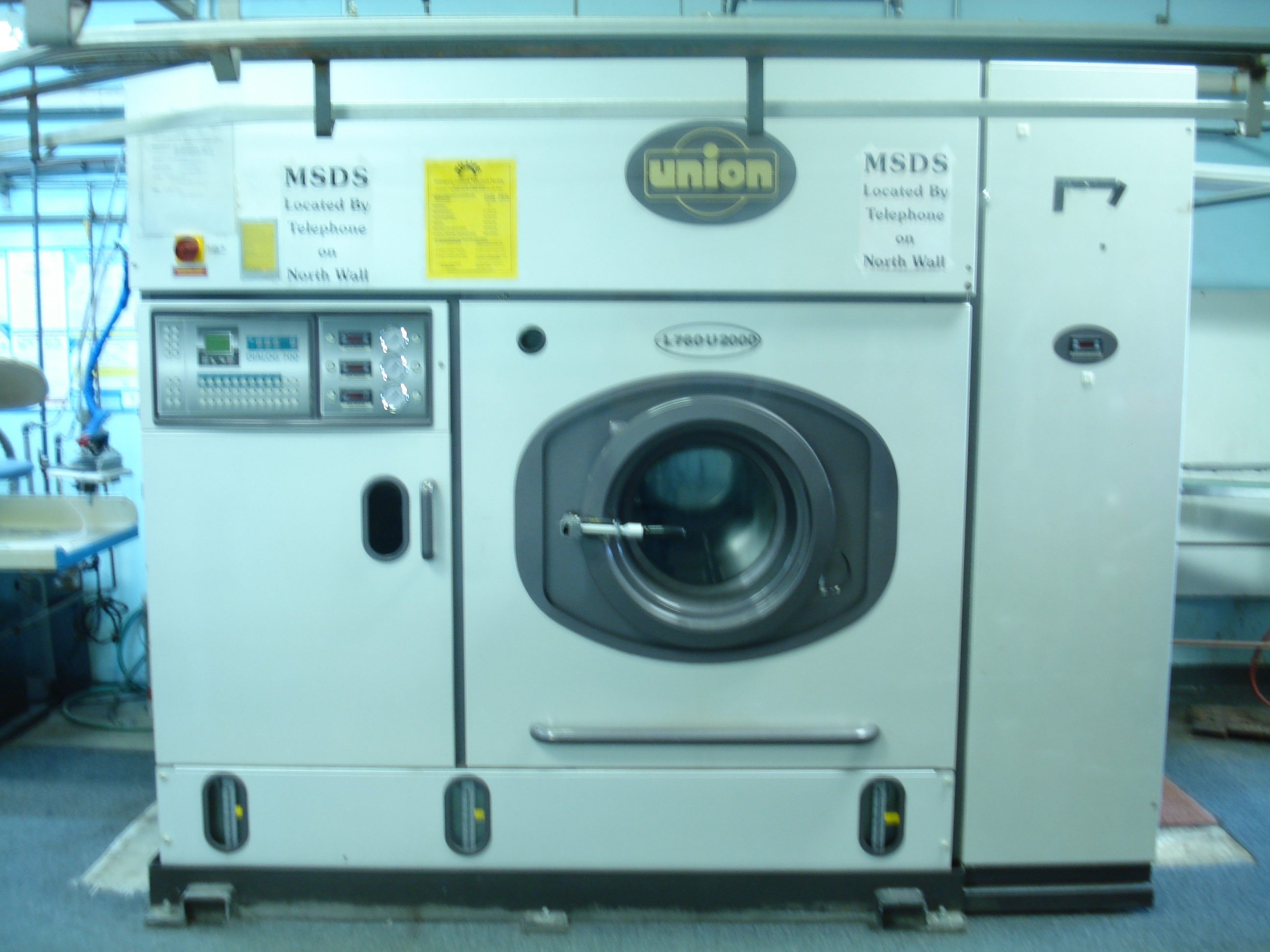
Beginning in the 1930’s, dry cleaners cleaned garments using a chemical called perchloroethylene (known as “perc”). Perc is a soil contaminant and carcinogen, and cleans so harshly that it can lead to color loss and other damage. According to the EPA, the majority of drycleaners still use perc as their primary solvent.
Now:
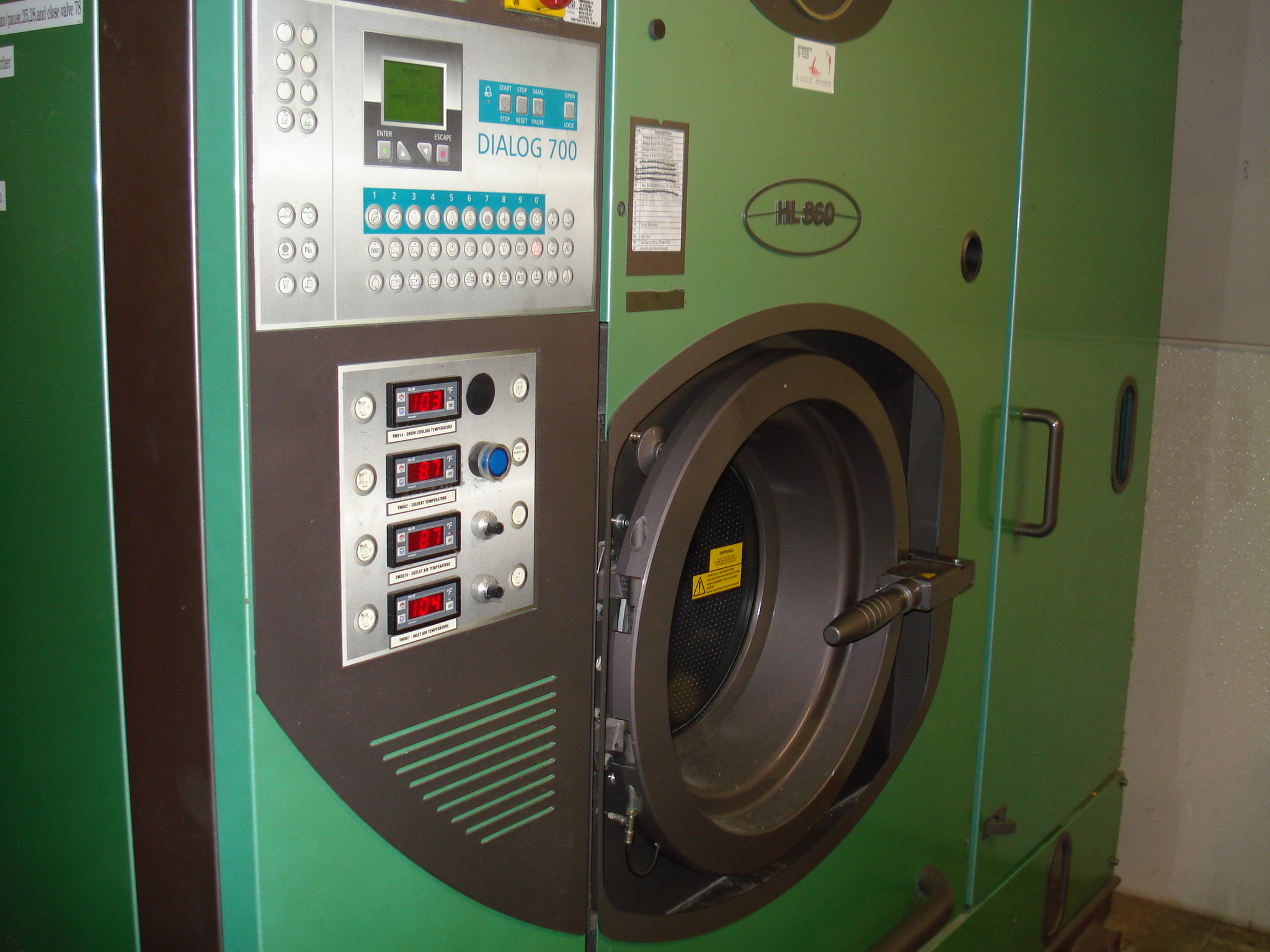
St. Croix/White Way Cleaners is 100% perc-free! We use only non-toxic/earth-friendly solvents like Hydrocarbon, a biodegradable and odorless compound. Not only is this better for the Earth, it’s better for your clothes! Learn more about our earth and fabric-friendly cleaning process here.









